Welcome to our article on cat anatomy! As cat lovers, we are fascinated by our feline friends and their unique features. In this article, we will explore the external parts of the cat, including their ears, tail, and facial expressions.
Table of Contents
Cats
Cats are fascinating creatures with unique physical features that make them stand out from other animals. They are known for their agility, grace, and independence.
Cats have a muscular and flexible body that allows them to move quickly and easily. They are covered in fur, which provides insulation and protection from the elements. Their fur can come in a variety of colors and patterns, making each cat unique.
One of the most distinctive features of cats is their eyes. They have large, round pupils that can dilate to let in more light, allowing them to see in low-light conditions. Their eyes also have a reflective layer called the tapetum lucidum, which helps them see better in the dark.
Another unique feature of cats is their retractable claws. They can extend their claws when needed for hunting or climbing, but they can also retract them when they need to walk or run on hard surfaces. This helps keep their claws sharp and protected.
Cats also have sensitive whiskers, which are used to help them navigate through small spaces and sense the location of prey. Their sense of smell is also highly developed, which helps them detect food and potential dangers.
Cat Anatomy
The Feline Head
The head of a cat is one of their most distinctive features. It is home to many important sensory organs and structures that help them navigate their environment and communicate with other cats.
Ears
A cat’s ears are highly sensitive and can move independently of each other, allowing them to pinpoint the location of sounds with great accuracy. They are also covered in fur, which helps to protect them from dirt and debris. Inside the ear, there is a complex system of canals and chambers that amplify and transmit sound waves to the brain.
Eyes
A cat’s eyes are large and round, with a reflective layer called the tapetum lucidum that allows them to see in low-light conditions. They are also capable of seeing colors, although not as vividly as humans. Cats have a third eyelid, called the nictitating membrane, which helps to protect and lubricate their eyes.
Nose
A cat’s nose is highly sensitive and contains millions of scent receptors, which allow them to detect even the faintest odors. They also use their sense of smell to communicate with other cats, marking their territory with pheromones and identifying potential mates by their scent.
Mouth and Teeth
A cat’s mouth is filled with sharp teeth, which they use for hunting and eating. They have four types of teeth: incisors, canines, premolars, and molars. Their tongue is covered in small, backward-facing spines called papillae, which help them to groom themselves and remove meat from bones.
The Feline Body
Fur
One of the most striking features of a cat is their fur. Cats have a layer of fur that helps regulate their body temperature and provides protection from the elements. Their fur is made up of two types of hair: guard hairs and down hairs. Guard hairs are the longer, coarser hairs that protect the cat’s skin, while down hairs are shorter, softer hairs that provide insulation.
Cats come in a wide range of colors and patterns, from solid colors like black and white to more complex patterns like tabby and tortoiseshell. Some cats even have unique features like spots or stripes.
Tail
The tail is another important part of a cat’s body. It serves several functions, including balance, communication, and expression. Cats use their tails to help them balance when climbing or jumping, and they also use them to communicate with other cats and humans. For example, a cat with a puffed-up tail is usually scared or angry, while a cat with a relaxed tail is usually happy and content.
Cats have flexible tails that can move in a variety of directions, and some cats even have tails that are longer than their bodies!
Paws
A cat’s paws are another fascinating part of their body. Cats have five toes on their front paws and four toes on their back paws, and each toe has a retractable claw that they can extend when needed. Cats use their claws for a variety of purposes, including hunting, climbing, and self-defense.
Cats also have special pads on the bottoms of their paws that help them grip surfaces and walk quietly. These pads are covered in tiny bumps called papillae, which help increase traction and prevent slipping.
Unique Feline Features
Whiskers
Whiskers, also known as vibrissae, are long and stiff hairs that grow on a cat’s face, above their eyes, and on their cheeks. These hairs are highly sensitive and help cats navigate through small spaces and sense the location of prey. Whiskers can also indicate a cat’s mood, as they will be relaxed when the cat is calm and alert when the cat is excited or frightened.
Claws
Cats have retractable claws that are used for hunting, climbing, and self-defense. These claws are made of keratin, the same material as human fingernails, and can be sharpened by scratching on rough surfaces. It’s important to note that declawing a cat is a painful and unnecessary procedure that can lead to long-term health problems.
Feline Agility
Cats are known for their incredible agility and flexibility. They have a unique skeletal structure that allows them to jump up to six times their body length, climb trees with ease, and contort their bodies into seemingly impossible positions. This agility is due in part to their powerful leg muscles and flexible spine, which allow them to land on their feet even after falling from great heights.
Parts of A Cat | List
- Ear
- Eye
- Nose
- Whisker
- Mouth
- Fur
- Tail
- Claw
- Paw
- Leg
- Tongue
- Head
- Hip
- Thigh
- Croup
- Loin
- Back
- Shoulder
- Neck
- Cheek
- Flank
- Belly
- Stifle
- Hock
- Hindleg
- Elbow
- Chest
- Foreleg
- Break
- Stop
- Chin
- Doming
- Muzzle
- Forehead
Frequently Asked Questions
What are the different body parts of a cat and their functions?
Cats have several body parts that serve different functions. Their eyes, for instance, have a reflective layer called the tapetum lucidum that helps them see in low-light conditions. Their ears are highly sensitive, allowing them to hear sounds that are inaudible to humans. Cats also have retractable claws that help them climb and hunt. Additionally, their flexible spine and powerful back legs enable them to jump high and land safely.
How does the anatomy of a female cat differ from that of a male cat?
The anatomy of a female cat differs from that of a male cat primarily in the reproductive system. Female cats have a uterus, ovaries, and a vagina, while male cats have testes, a penis, and a scrotum. The male cat’s penis is covered in spines, which can cause discomfort to the female during mating. Moreover, female cats have nipples that produce milk for their offspring.
What are the special features of a cat’s anatomy?
Cats have several special features in their anatomy that make them unique. For instance, they have a flexible spine that allows them to twist and turn their bodies in ways that other animals cannot. They also have a special organ called the vomeronasal organ, which is located in the roof of their mouth and helps them detect pheromones. Additionally, cats have a rough tongue covered in tiny hooks that help them groom themselves and capture prey.
Which organ is located on the right side of a cat?
The liver is located on the right side of a cat’s body. It plays a vital role in digestion, metabolism, and detoxification. Moreover, the liver produces bile, which helps break down fats in the small intestine.
What are the parts of a cat’s muzzle and what are their functions?
A cat’s muzzle consists of several parts, including the nose, mouth, whiskers, and lips. The nose helps cats smell their surroundings and detect prey. The mouth contains sharp teeth that are used for biting and tearing flesh. The whiskers, also known as vibrissae, are highly sensitive and help cats navigate through small spaces and detect prey. The lips are used for grooming and grasping food.
Related terms:
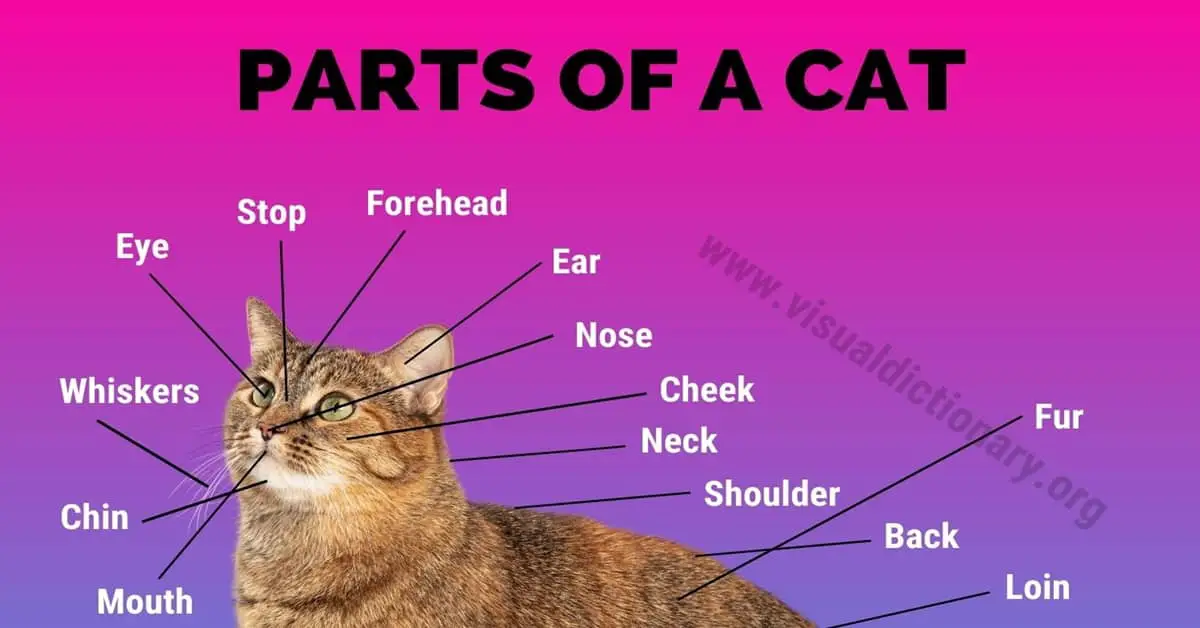
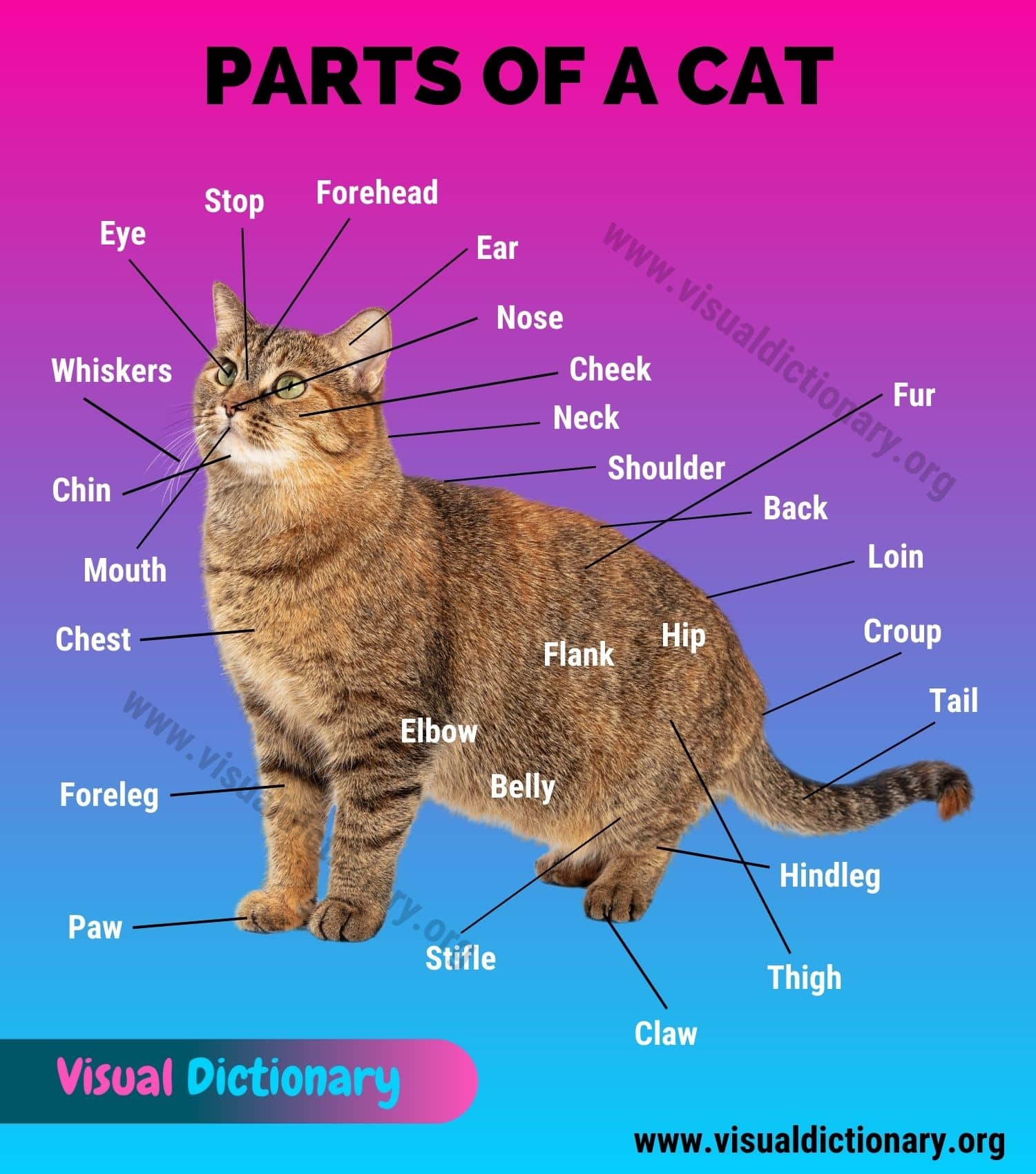
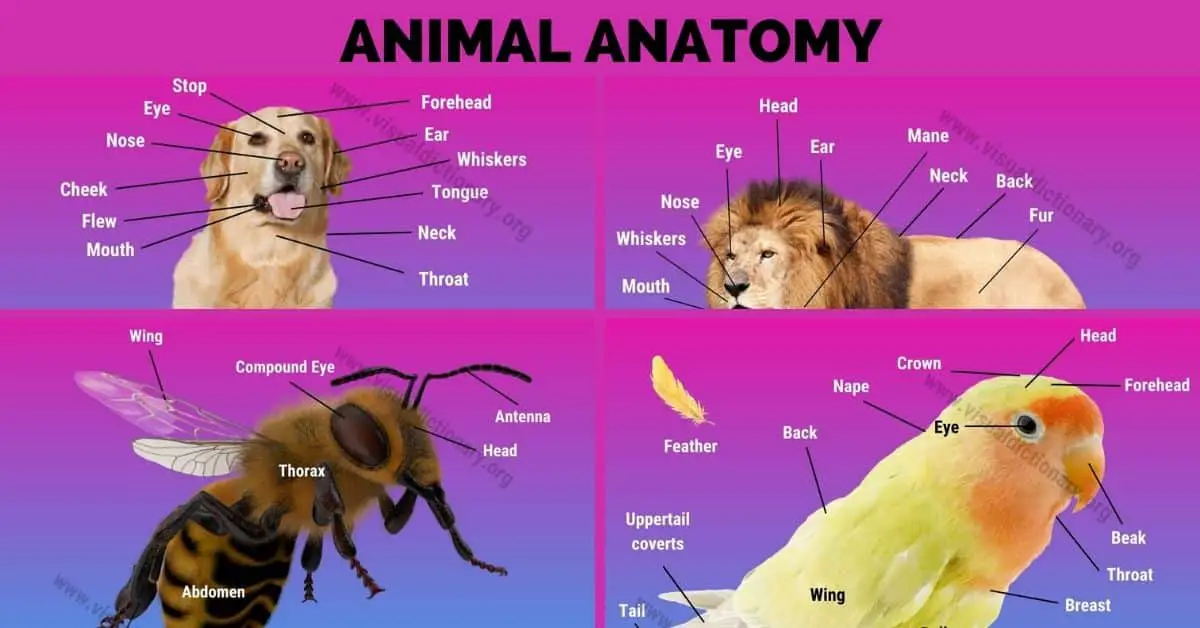
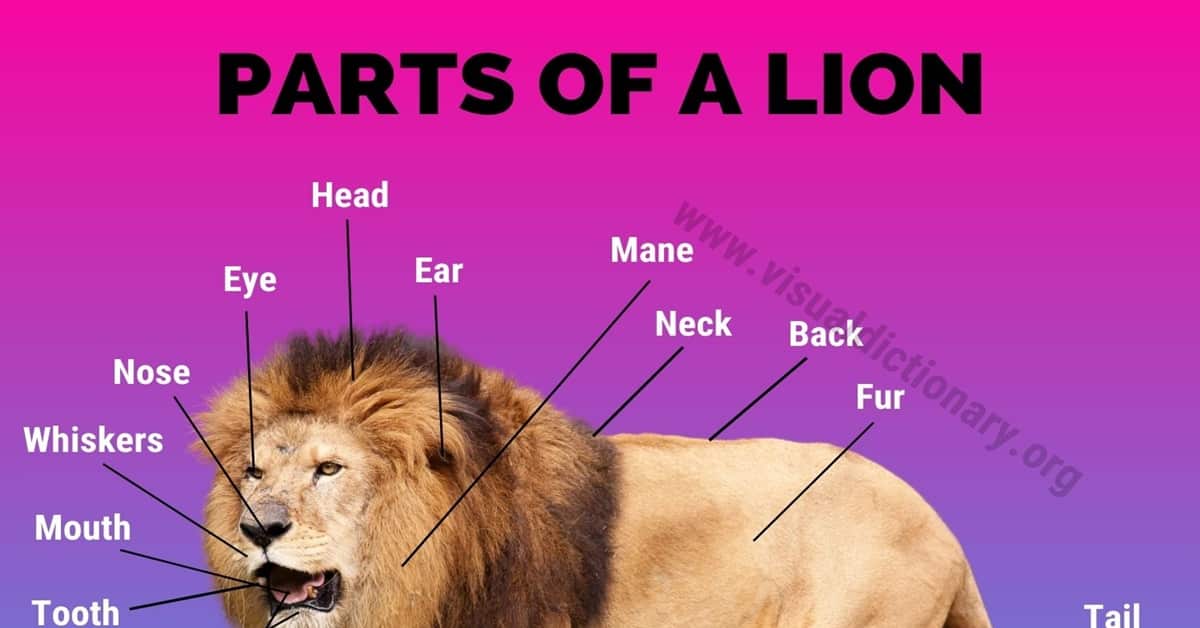
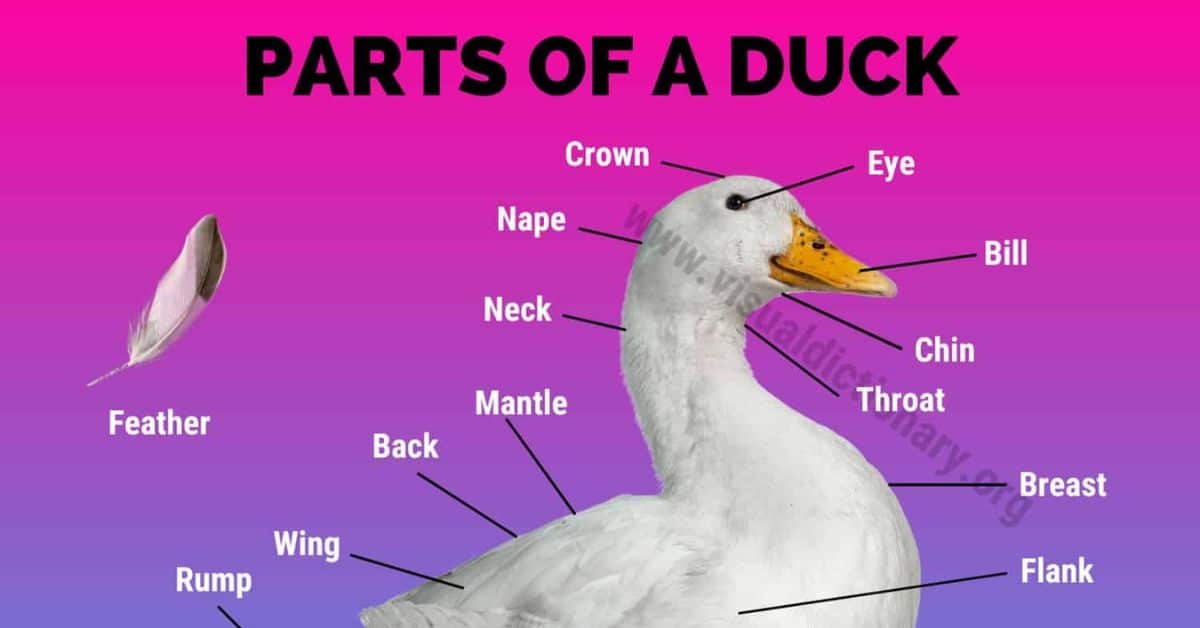

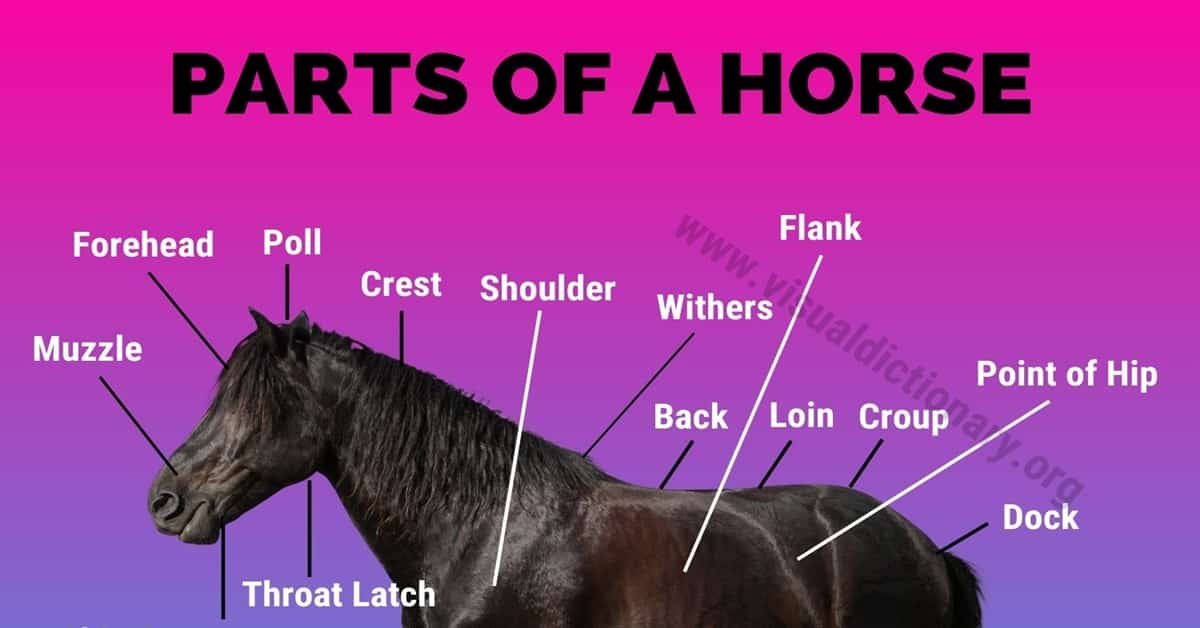

I love it so much 100%
How did you make it
I love you 100000000000000000%